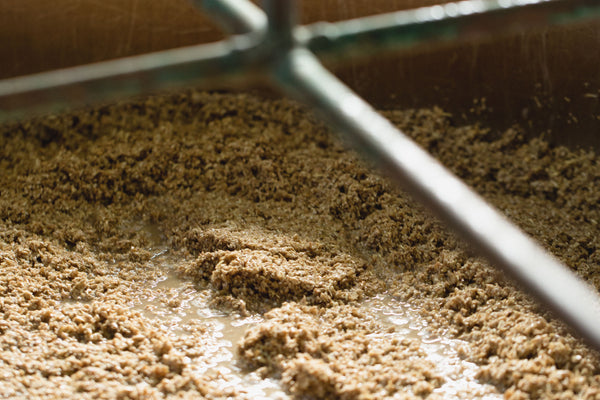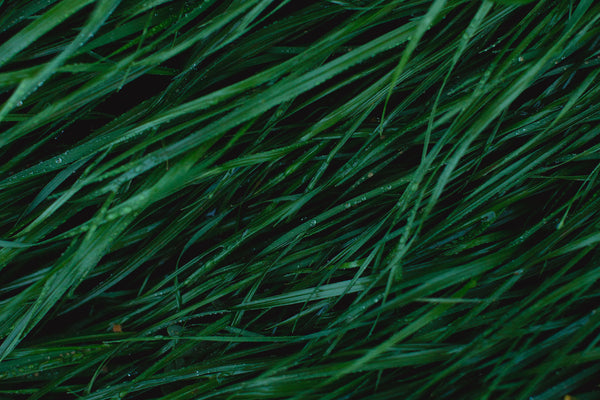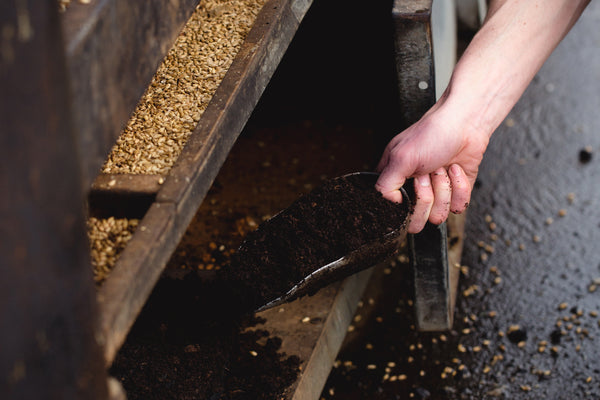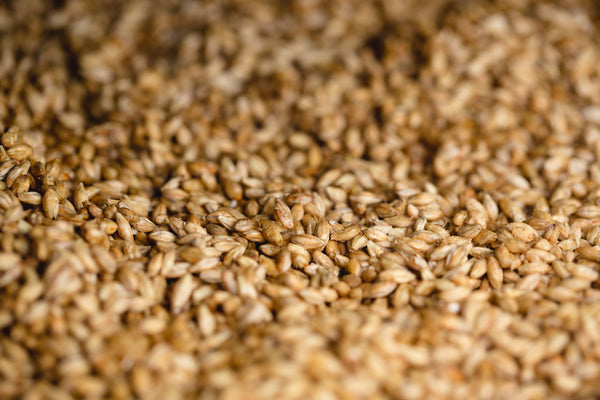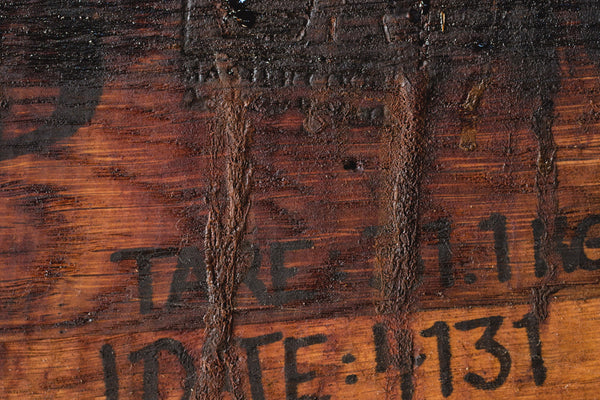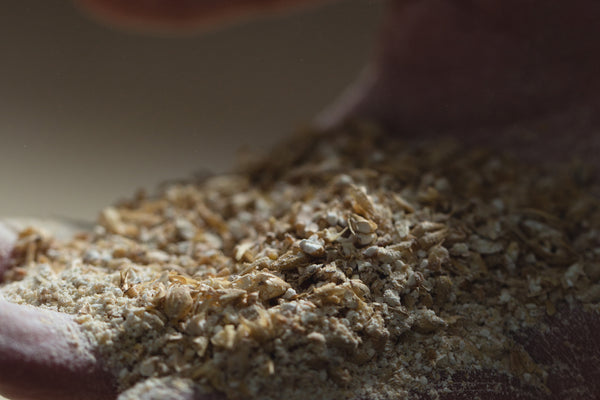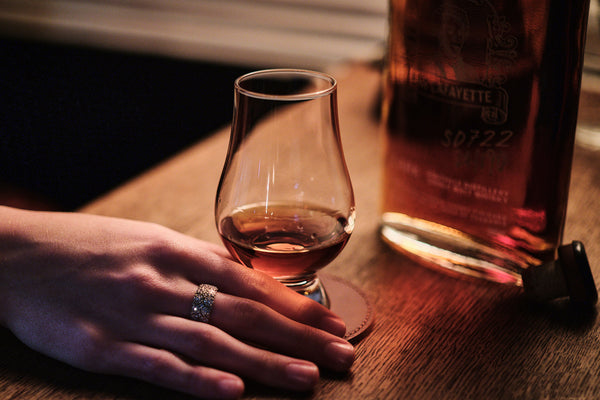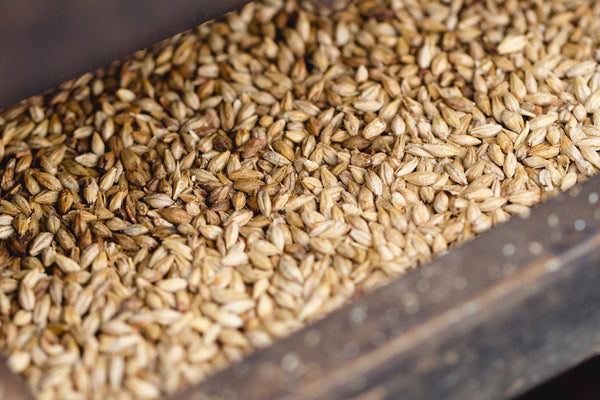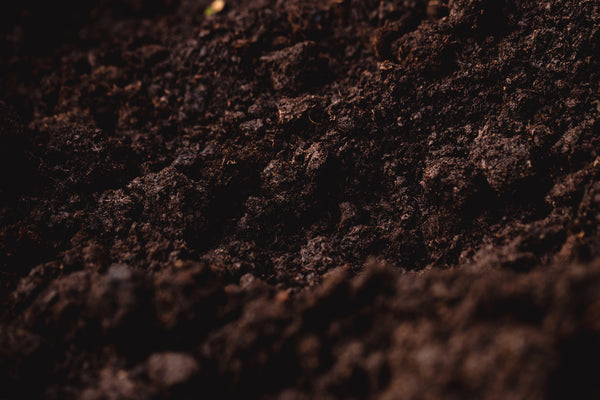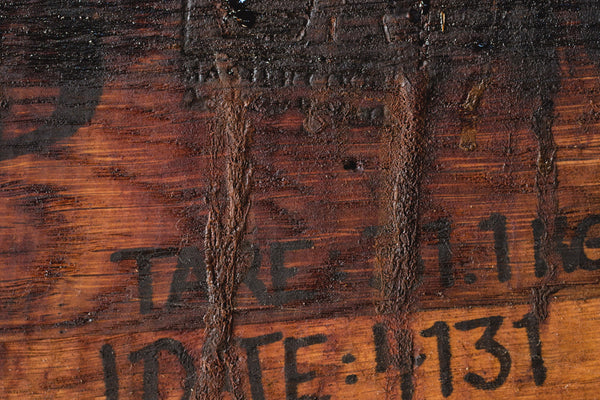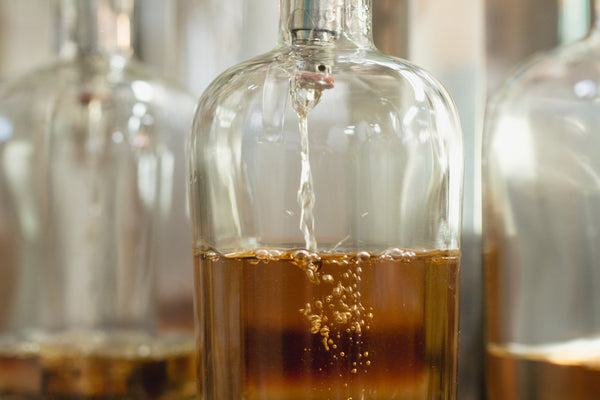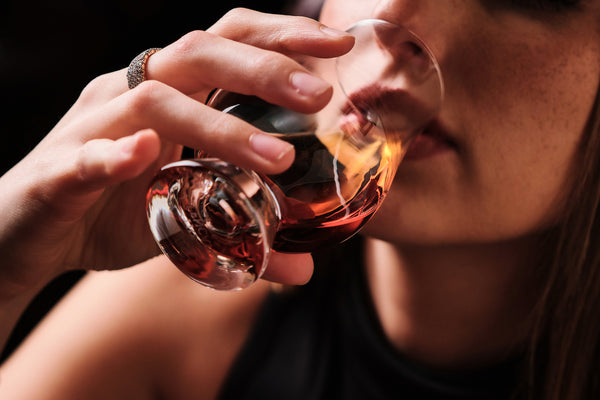When most people say Scotch whisky, they're often referring to any single malt whisky. Uncovering the answer for ‘what is Scotch whisky’, means learning about the origins of Scottish whisky. The terms whisky and scotch have become synonymous with each other, and you may hear people asking for a Scotch when they’re actually after any whisky. This is similar to how some brands become so familiar with the product that the two names are often interchangeable. For example, Coke is often used for any caramel flavoured, black coloured fizzy drink. While you may not be technically correct, everyone knows what you're talking about. This is the same as whisky – all Scotch is whisky, but not all whisky is Scotch. But if you call any whisky a Scotch, no one is really going to hold it against you. You could still benefit from knowing exactly what is Scotch whisky, and how it stands apart from the rest.
For any whisky to be labelled as Scotch, it needs to follow some very specific rules. The term Scotch Whisky is trademarked and protected by the Scotch Whisky Association (SWA), and other whisky labels may not use it. Almost all whisky is named for the country it was distilled in. Unfortunately, there are some people that try to take advantage of the prestige of Scotch whisky and use the name illegally on their bottles. If you find a bottle labelled as Scotch whisky, but the price seems very low, you're likely looking at a knockoff.
The first record of Scotch whisky being produced dates back to 1494. While the Scottish people may have perfected the process, it was originally imported from Ireland. There is evidence that the Irish started producing whisky in 1405. The history of whisky in Scotland is exciting and varied and includes altering recipes to avoid taxes, illegal stills, and an industry boom thanks mainly to a parasitic insect destroying wine crops in Europe.
In 2009, the SWA sought to define and regulate the Scottish whisky industry. This was to improve and supersede an older definition that had been in place since 1988. For a rule-based answer on what is Scotch whisky, the SWA states that Scotch whisky must:
- Be at least 40% ABV (alcohol by volume);
- Contain no added substances (other than water and caramel colouring);
- Be produced at a distillery in Scotland from malted barley (and other grains);
- Be matured in oak barrels of no larger than 700 litres for more than three years.
Scottish whisky must also have the appearance, aromas, and taste of the raw materials used in its production. All Scottish whisky must include on the labels the type of malt and grains used. For example, a single malt whisky must be produced entirely using the malt from one distillery. If a distillery uses whisky from two or more distilleries, it must be labelled as a blended malt whisky.
The majority of bottled whisky is within the range of 40–46% ABV, and a distiller will add water to the whisky as it comes out of the barrel to obtain that level. As it comes directly from a barrel, whisky will have an ABV of over 60% ABV. You can expect the ABV to be higher than usual if you're buying a Scottish whisky labelled as cask strength.
What does Scotch whisky taste like?
The flavour of any whisky, including Australian single malt whisky, is primarily driven by the ingredients used, the quality of the water, the type of maturation barrels, and the specific process used. Currently, Scotland is divided into five separate whisky distilling regions: The Highlands, The Lowlands, Campbeltown, Speyside, and Islay. These regions are distinct from each other, and these types of scotch whisky all have a unique and discernable flavour profile.
- Highlands are fruity, spicy, sweet, and malty.
- Lowlands are soft and smooth, with floral notes.
- Campbeltown are fruity, sweet, and smokey.
- Speyside are fruity, rich, spicy, with caramel notes.
- Islay are light, nutty, with a moss-infused smokey quality.
Each distillery in these areas will have a slightly distinct flavour, but these qualities place them in the same region. The recipes and distillation methods for popular scotch whisky had been used for generations, and over the years, there had been slight variations until the distinction became noticeable. Knowing these profiles can help nuance your understanding the next time someone asks: what is Scotch whisky?
How to choose the right Scotch whisky?
Choosing the right whisky is best decided by tasting as many as possible. At Lark Distillery, you can buy a whisky tasting set through our online shop. In these whisky sets, you receive a bottle (or more) of our finest aged whisky. You'll find there are our single malt and whisky blends included and you can simply choose your favourite one.
With top-shelf whisky, it is best to read through all the tasting notes provided. In these notes, you'll find the distinctive qualities of that particular whisky. You can read through these notes and decide if you like the sound of the flavours. For example, if you enjoy butterscotch, then a whisky that contains those flavours may be ideal.
Where to buy the best Scotch whisky?
The best place to find a variety of Scotch whisky is through an online store. All Scotch whisky needs to be imported, and by buying online, you'll have access to an extensive catalogue. If you want to try premium Australian whisky, then choosing one from Lark Distillery will provide a good match.
In your whisky delivery from Lark Distillery, you can add anything from our current catalogue. We have special releases and our incredibly popular whisky gift packs. Our cellar door is open in Tasmania, and you are welcome to visit and choose a tasting set from the over 250 local and international whiskies available. If you need any help choosing whisky that compares well to Scotch whisky, please contact our staff, and they'll be happy to assist you in choosing the perfect one.

